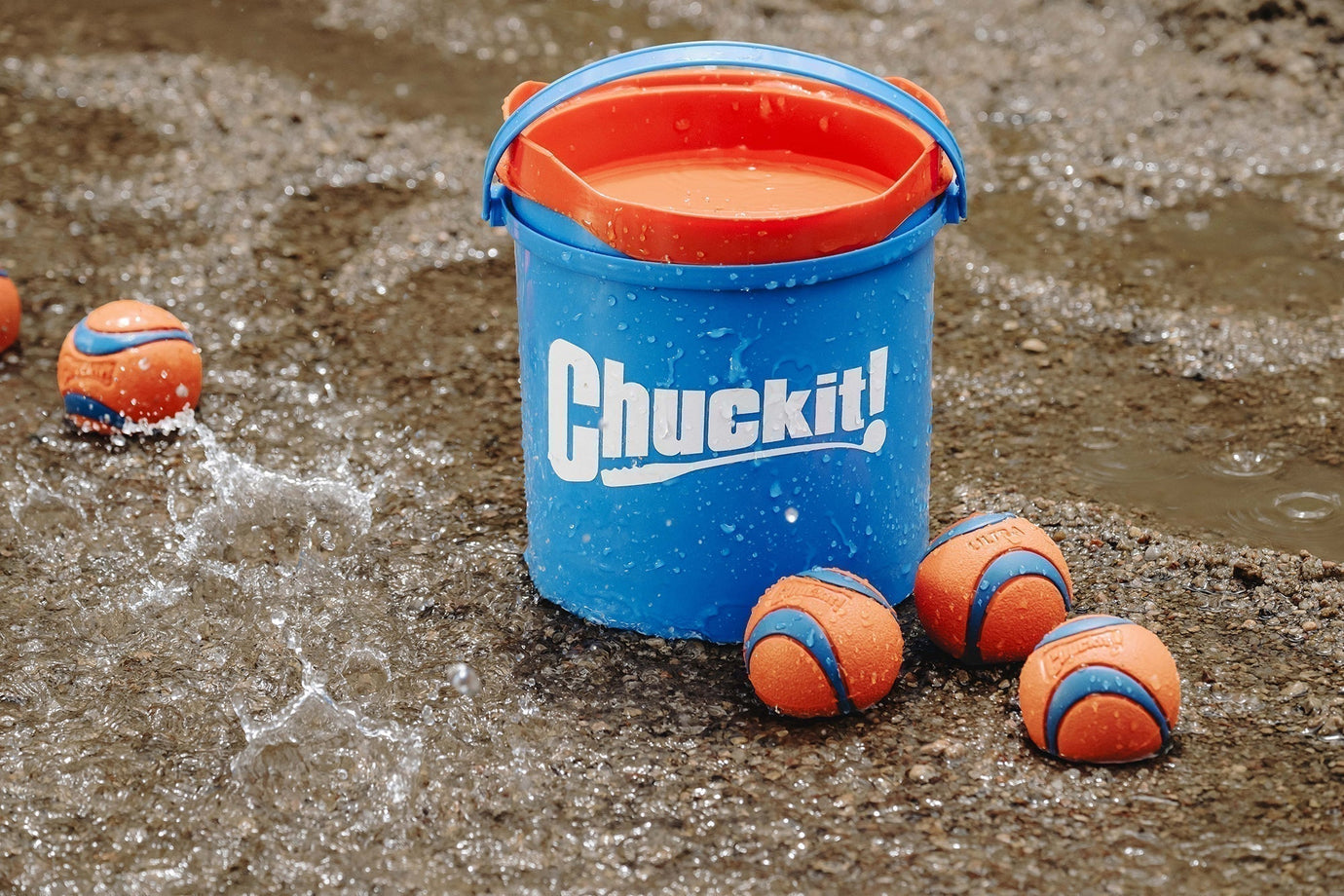Introducing a Leash and Collar

Choosing the right collar for your pup. You might consider dog collars the quintessential dog accessory. Whether you've brought home a new pup or are treating your dog to something new, here are a few collar options to choose from. The first option being a Nylon Adjustable Dog Collar which you will find to be the most basic option. Unless you feel your dog needs more protection the nylon collar will be ideal. There is a variety of collar styles that works for different dog breeds. If you want your dog to be as secure as possible during walks, dog harnesses are the way to go. For short-nosed dogs, try an Adjustable Core Harness, this style will limit the amount of pulling the dog can do for already trained dogs. The harness is made to rest on the dog’s chest with a leash hook on its’ back. However, keep in mind this style can encourage pulling for dogs who aren’t yet trained to walk on a leash. Front-clip harnesses are an ideal choice for dogs who need training with loose-leash walking. Training Padder Halters are another good choice to prevent dogs from walking with their nose pinned to the ground. Or try a martingale collar, which tightens slightly when your dog begins to pull and can be a good alternative for dog owners who want to use a choke-chain collar. You’ll want to pick a leash that will be sturdy with your dog’s weight and won’t tangle. Lastly, make sure to get a leash and collar combination that is comfortable and stylish. After all, your pup should look and feel his best!
Introducing the collar and practicing inside. When you begin training you’ll want to start out inside with minimal noise. You don’t want to have distractions that will take away from the training process, especially if you've got a brand new puppy who's just starting out. When you first put the collar on your dog, try to occupy them with a toy, a back rub, or soft speaking. Only keep the collar on for short periods of time while they run around inside and play. You want your dog to associate this time with positivity and rewards. When you find that they are comfortable with putting and keeping the collar on introducing the leash in the same way. The leash can be harder to introduce so use treats and praise to get them comfortable. If your dog is fearful of this process do not force it. Take a break and try again.
Pick a sound that your dog will respond to. You will want to introduce a specific sound that will remind when a “treat is coming.” There are specific clickers for purchase but clicking your tongue or using a word like “yes” works too. Begin by practicing indoors with the collar and leash on; the minute your pup hears the noise they should turn and come towards you, in this time reward them with a treat. As you continue to practice you should notice your dog becoming more responsive to the noise in result of a treat. Begin to walk around with them on the leash, as you make your noise continue to praise them as they follow. Your goal is to have them come to you before hearing the noise or seeing the treat.
Go for a brief walk. When you take your pup outside for the first time it is going to be a new experience for them, so be patient. All the new sights and smells will have them very curious so stay persistent with using the training noise. Start your walk-off slow continuing to make the sound and rewarding with a treat. If your dog becomes astray or distracted use your sound, move a couple of steps away and reward when they follow.
Don’t walk until you see your dog exhausted, you want to keep them excited and leave them wanting to continue the walk. Your pup will need encouragement during training so stick with it and do not loosen your ground. After multiple short walks your dog should understand the process.
To ensure pet safety, we always recommend consulting with a professional trainer before starting any new training routine for your pet.
Sources:
Previous article

Next article

Related posts
View all-

Back-to-School, Not Back to Boredom: How to Keep Pets Happy When Schedules Change
Help your pets adjust to back-to-school routines with these tips! Prevent stress & boredom with calming toys, engaging routines, and cozy safe spaces.
Read Article -

Why Every Dog Deserves a Day: Celebrating National Dog Day with Purpose
Discover meaningful ways to celebrate National Dog Day with your pup. From special treats to Petmate products that show your love year-round.
Read Article -

Top 5 Chuckit! Toys to Maximize Fetch Time with Your Dog
Fetch is more than just tossing a ball, it's a way to bond, get exercise, and enrich your dog's life. Active dogs, especially breeds with boundless energy, thrive on movement.
Read Article



